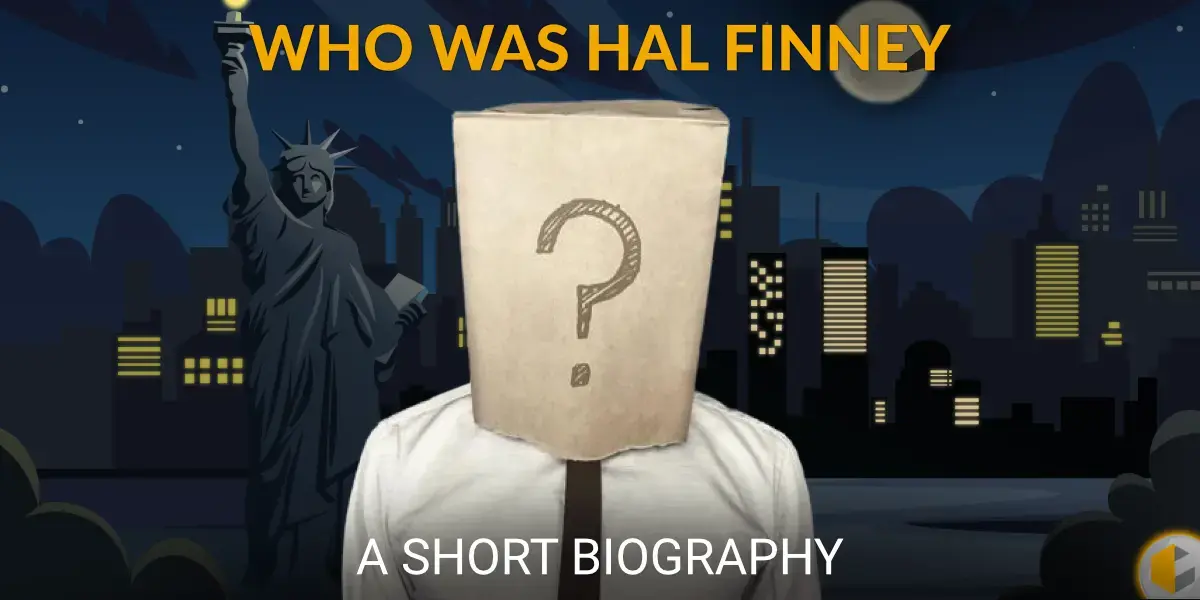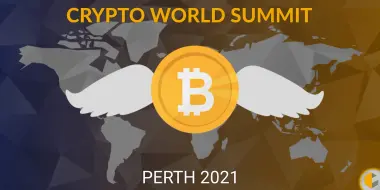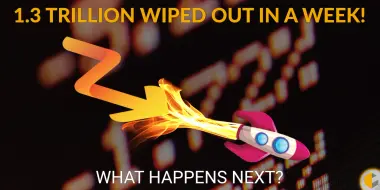
The early days of Bitcoin are, compared to most securities, assets and even cryptocurrencies are shrouded with mystery and uncertainty. Indeed, the true identity of the founder of Bitcoin, Satoshi Nakamoto, is unknown, leading to a wide variety of theories speculating who Satoshi really could be. One man, Hal Finney, was less mysterious than Satoshi, but he played a vital role in the adoption and was an avid proponent of Bitcoin until his death from amyotrophic lateral sclerosis (ALS) in 2014. ALS is also known as motor neurone disease (MND).
Geek, Hacker and Cryptographer
Hal Finney II, after graduating from Caltech, worked in a variety of companies that developed video games, with notable titles including Adventures of Tron and Space Attack. Eventually, he became the second employee at PGP corporation, which worked on a variety of computer software. Most notably, Finney was a longtime cryptographic proponent, posting frequently on cypherpunks listserv, and ran two anonymous remailers. Anonymous remailers are based on a similar conceptual model to the blockchain: anonymous remailers use servers that can receive embedded messages that have special instructions on where to send the message next, without revealing where the message originally came from.
Visionary
Interestingly, in 2004, Finney developed the first reusable proof of work system, nearly five years before the emergence of Bitcoin. Reusable proof of work systems, and their successors, underpin the core of what makes cryptocurrencies, like Bitcoin, so special. In short, reusable proof of work systems, by way of a user’s private key, creates a token that in turn serves as a proof of work string that is signed off by the user’s private key. If the user desires to send this token to someone else, they can sign a transfer order, leading to the desired recipient’s public key. This transaction, from the original user to the final recipient, is recorded on a server, which now designates the token as the property of the recipient.
Reusable proof of work systems were novel in that they not only allowed transactions between individuals to be both anonymous yet recorded, but also in that they acted as a solution to what is known as the double spend problem: the risk that a digital token could be replicated, and then used multiple times. By keeping a record of every transaction on a public server, as well as a record of ownership of each token, it would be impossible for someone to manipulate the system and thereby have the ability to reuse tokens.
Friend of Satoshi
Finney and Satoshi Nakamoto exchanged a series of emails about the project that is now the behemoth known as Bitcoin, and in January 2009, Hal Finney was the first person to receive ten bitcoin, from Satoshi Nakamoto themselves. As explained on bitcointalk.org in 2013:
I thought I’d write about the last four years, an eventful time for Bitcoin and me.
For those who don’t know me, I’m Hal Finney. I got my start in crypto working on an early version of PGP, working closely with Phil Zimmermann. When Phil decided to start PGP Corporation, I was one of the first hires. I would work on PGP until my retirement. At the same time, I got involved with the Cypherpunks. I ran the first cryptographically based anonymous remailer, among other activities.
Fast forward to late 2008 and the announcement of Bitcoin. I’ve noticed that cryptographic graybeards (I was in my mid 50’s) tend to get cynical. I was more idealistic; I have always loved crypto, the mystery and the paradox of it.
When Satoshi announced Bitcoin on the cryptography mailing list, he got a skeptical reception at best. Cryptographers have seen too many grand schemes by clueless noobs. They tend to have a knee jerk reaction.
I was more positive. I had long been interested in cryptographic payment schemes. Plus I was lucky enough to meet and extensively correspond with both Wei Dai and Nick Szabo, generally acknowledged to have created ideas that would be realized with Bitcoin. I had made an attempt to create my own proof of work based currency, called RPOW. So I found Bitcoin facinating.
When Satoshi announced the first release of the software, I grabbed it right away. I think I was the first person besides Satoshi to run bitcoin. I mined block 70-something, and I was the recipient of the first bitcoin transaction, when Satoshi sent ten coins to me as a test. I carried on an email conversation with Satoshi over the next few days, mostly me reporting bugs and him fixing them.
Today, Satoshi’s true identity has become a mystery. But at the time, I thought I was dealing with a young man of Japanese ancestry who was very smart and sincere. I’ve had the good fortune to know many brilliant people over the course of my life, so I recognize the signs.
After a few days, bitcoin was running pretty stably, so I left it running. Those were the days when difficulty was 1, and you could find blocks with a CPU, not even a GPU. I mined several blocks over the next days. But I turned it off because it made my computer run hot, and the fan noise bothered me. In retrospect, I wish I had kept it up longer, but on the other hand I was extraordinarily lucky to be there at the beginning. It’s one of those glass half full half empty things.
The next I heard of Bitcoin was late 2010, when I was surprised to find that it was not only still going, bitcoins actually had monetary value. I dusted off my old wallet, and was relieved to discover that my bitcoins were still there. As the price climbed up to real money, I transferred the coins into an offline wallet, where hopefully they’ll be worth something to my heirs.
Hal was diagnosed with ALS, a progressive neurodegenerative disease, in 2009. Despite his decreasing mobility, he remained an active member of the cryptography community, and eventually passed away in his home in Arizona on August 28, 2014. Hal’s impact as an early pioneer of Bitcoin, and cryptocurrency as a whole, lives on today, as Bitcoin’s adoption has only increased since Satoshi made that first transaction twelve years ago.
Editor-in Chief
Related Posts






Subscribe to our newsletter!
Information



